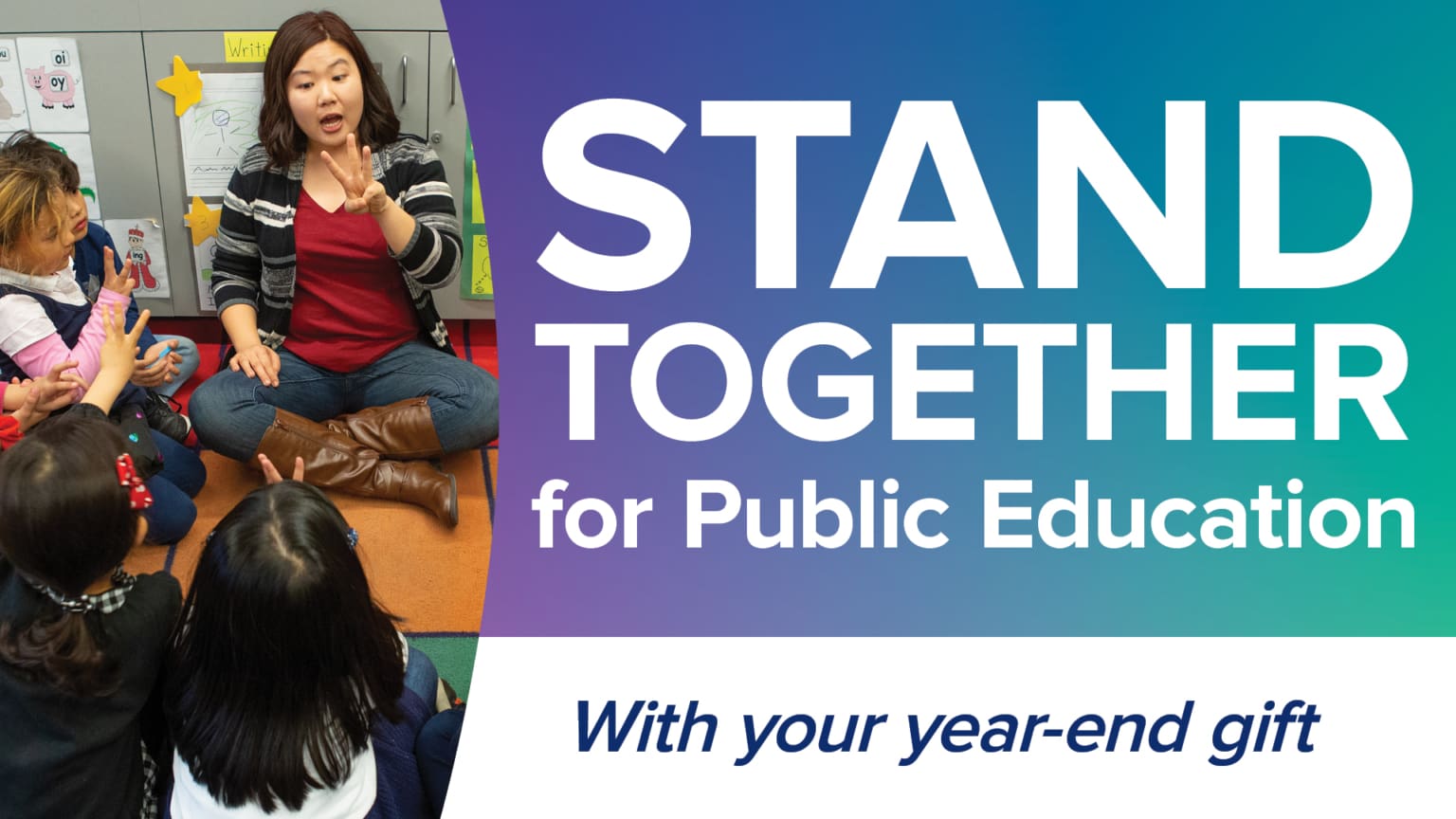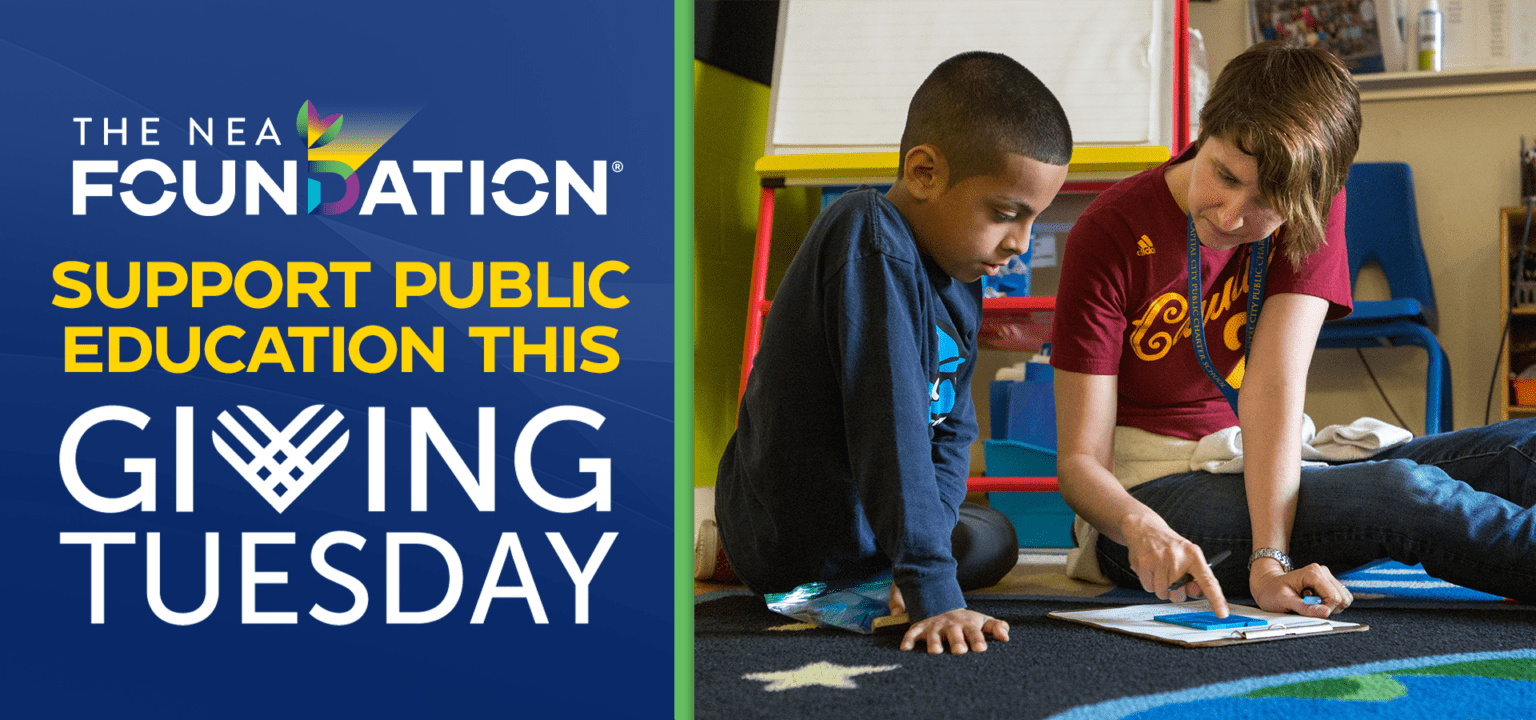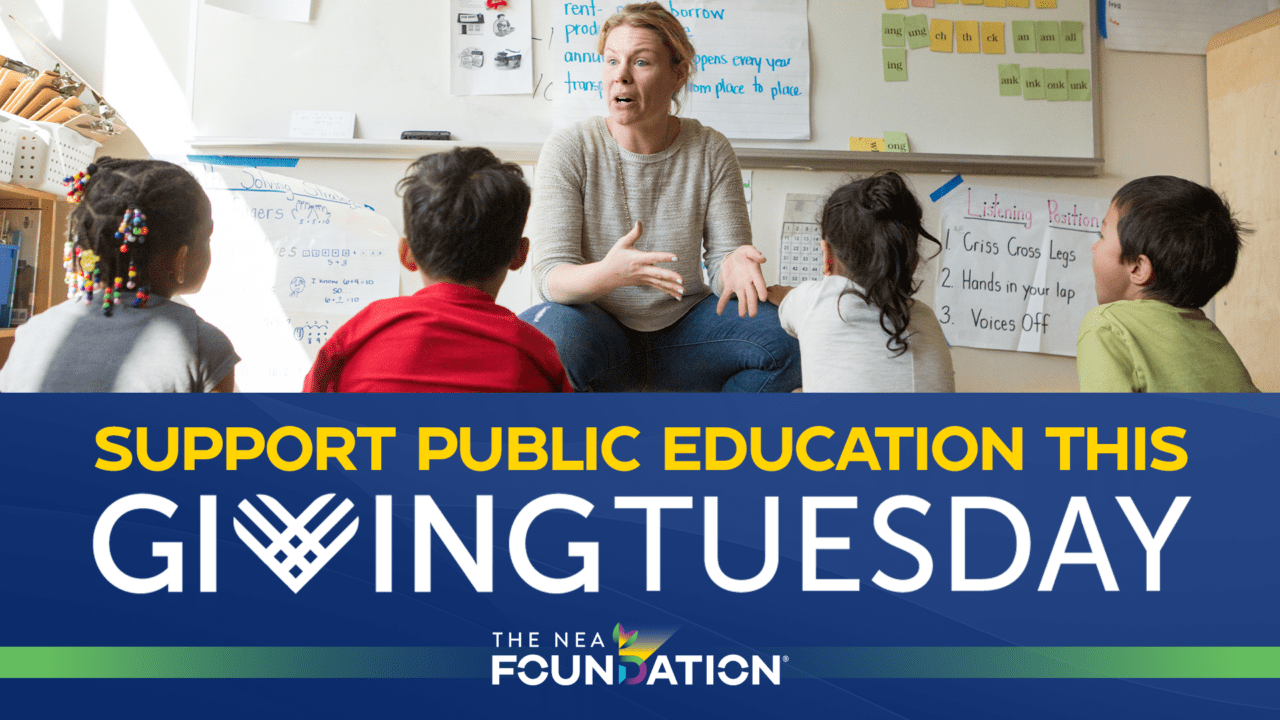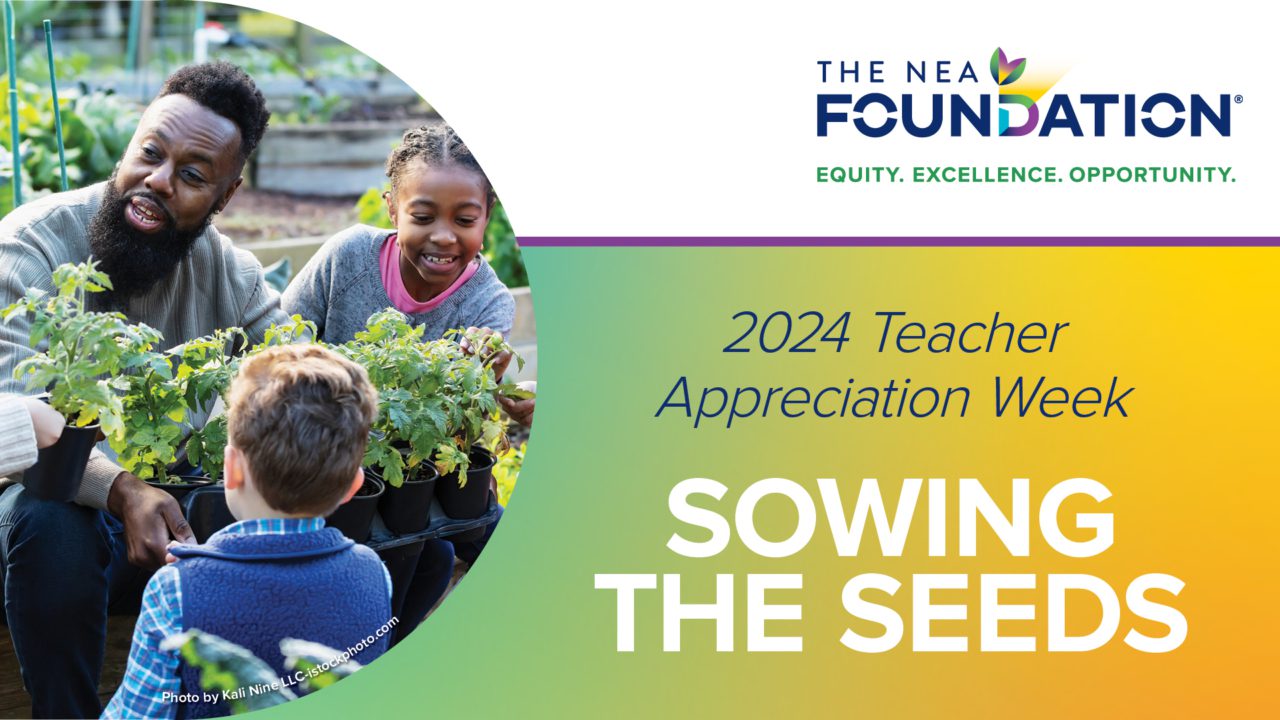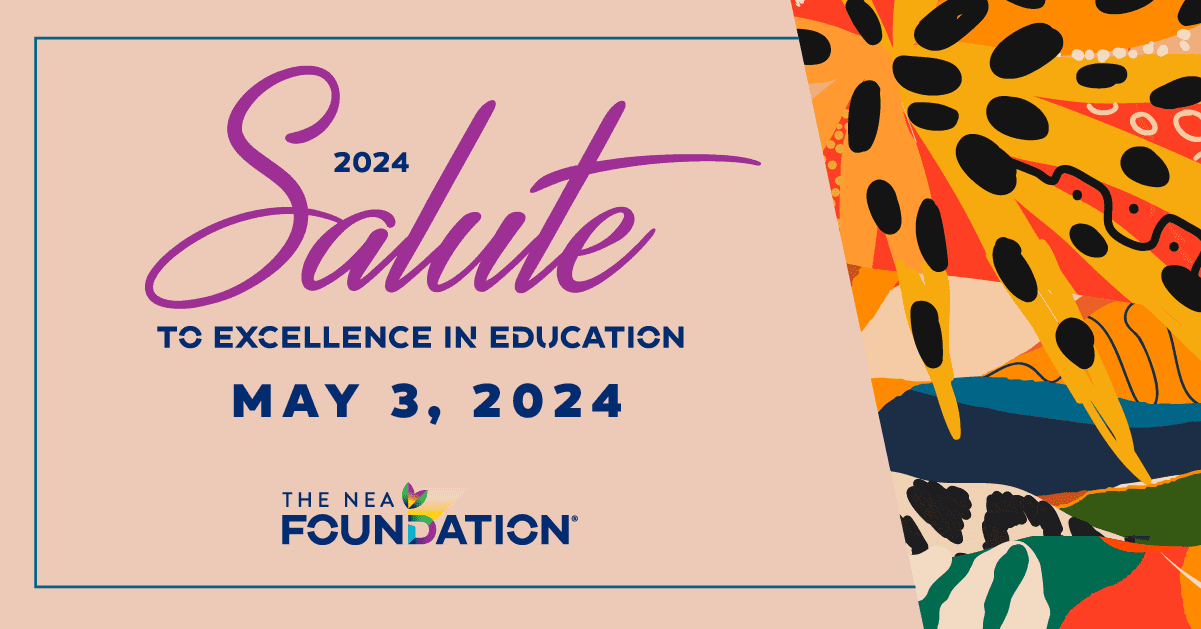 In July 2018, Kelly Elder traveled to South Africa with his cohort of NEA Foundation Global Learning Fellows. Below are his reflections from the first day of the Fellows’ international field study.
In July 2018, Kelly Elder traveled to South Africa with his cohort of NEA Foundation Global Learning Fellows. Below are his reflections from the first day of the Fellows’ international field study.
Howëskool. South Peninsula High School. A self-described “upper-middle tier school.”
Students in uniforms. Diversity (of sorts – more on that later). A successful school on the Cape. Students being told they have value and will go places one day if they focus on their studies.
Principal Baker, an alumnus of the school himself, began painting a picture of his school for us. He then introduced Sam to provide some context. According to Sam, who analyzes data for SAILI, Successful Students In Successful Schools, South Africa’s education system is failing. It was a jarring hook that got everyone’s attention immediately.
Thus began our introduction to schools in South Africa. There are schools in this country that are providing a quality education to some, but there are many more that are failing miserably. If a student attends one of the lower-tiered schools, Sam said they have little to no chance of furthering their education, regardless of aptitude or ability. And, according to Sam, systemic change is nearly impossible.
Therefore, to fight the system, SAILI provides 143 students with financial assistance to get those showing promise into better schools than would otherwise be possible. Tuition at South Peninsula High School runs about US $600 a year. This puts attending completely out of reach of many of the Cape-Coloured peoples’ budget. Any discussion of education in Cape Town necessarily involves a few key concepts. Race and inequity have a role to play, as do resilience and hope. Politically, South Africa was reported to be in a tumultuous state, and I get a feeling the same can be said about both education and society in general.
Before continuing with this story, one must consider the race of the children being discussed. Cape Town was of course founded as a stop coming around the southern end of the African continent in the 1600s. Soon, however, the Dutch realized they could profit from its being a trade center. Slaves were brought in – from Indonesia, India, Polynesia, western Africa, and elsewhere – providing the labor the Dutch needed to make their economic system thrive during the colonial period. Slavery, by the way, was finally ended in 1836 by the British (decades before the same was done in the States). Over time, the descendants of all of these people have created a unique race in South Africa: the Cape-Coloured. Almost, if not all, of the students at South Peninsula HS are coloured. The school is located in the Diep River suburb of Cape Town. The students are bussed in from any number of townships around the peninsula.
Student success is measured by one test at grade 6 and grade 9: a math test. In the 6th grade, over half the students are scoring 30-80%. But, by grade 9, almost all you see is red (scoring <30%). What SAILI does, then, is to identify those students at various feeders throughout the Bowl (Cape Town proper and the various townships in the urban area), and provide monies to get them into a school where they have a chance to graduate, to get into college, and to succeed.
“But aren’t you, by doing that, just ignoring the major problem?” The question came from one of the Global Learning Fellows seated in the gym that was doubling as our welcoming reception area, complete with the loud squeaking of chairs as the plastic seats squeaked on the wooden floor whenever someone shifted in the room.
Sam responded that we can’t save a sinking ship, so we provide life rafts to save the few we can with our limited budget. Wow – what a bleak scenario.
The mood shifted quickly, though, when Principal Baker introduced us to his students. Off we went for a school tour, and that’s where this experience got real. The data on the screen collided with the realities of being a young person in Cape Town today.
One of my guides, for example, was a young man who wanted to become an engineer. He spoke with confidence. He was a student leader within the school, one of a group that has been charged with helping keep a positive and safe learning environment on campus. If a fight breaks out and no teacher is present, for example, this young man told us he would do his best to keep the peace and contain the situation until an adult was present. He told us that school starts each morning at 9:00, and finishes just after 3:00. The majority of the students are bussed into the school. Our guide said he spends over 45 minutes bussing in the morning to get to school.
These students are living in parts of the city that are experiencing a lot of violence. This was illuminated when we visited a history class on the tour. The students had taken notes in class that day on the colonization of South Africa. The teacher asked the class to tell this group of teachers from the States about what they had learned today. The girl pictured here raised her hand. In English class today, she told us their class had spent time discussing the problems of coming to school. What do you mean, we asked? She said that her brother had been killed and that there was a lot of gang violence in her township.
Her statement shocked many of the American teachers. When asked to clarify, another student said there had been many deaths, including a one-year old baby who was killed in the past year. We were shocked. As we stood processing these two students’ statements, the history teacher was frustrated because she wasn’t getting the answers she sought. She wanted to hear about what the students had learned in her class today, and these young people were missing the point. We, however, were coming to terms with reality.
Life is hard on the Cape. Life is beyond difficult, and these young people aren’t being shielded from the violence that surrounds them. As the history teacher prodded another student to tell us about how they were learning of why the area had been colonized, many of the teachers continued to look around the room at the young people. What trauma were these kids experiencing? How many of them… the history teacher had finished – she thanked us for coming and we were ushered out. But many of us continued to think about those two girls and the looks we’d seen in the classroom. About 15 minutes later, the topic again came up.
One of the teachers at the school asked for a show of hands:
How many of the students had witnessed a shooting in their neighborhood?
EVERY hand went up.
Powerful.
Every last hand.
Indeed, in the end, I am astounded by the resilience of these young people. Every student that gave tours was confident in their delivery. Every one had been given support and knew the adults in their lives believed in their future. And every one (minus one 8th grader we heard from) knew of what they wanted to study and what they wanted to do with their future. It was inspiring. It is hard to wrap my head around how many hundreds of thousands of young people in this country are on what Sam termed the ‘Sinking Ship.’ What are we to do?
And, to be perfectly frank, what about our country? Are all children given an equal footing to stand upon? Do all of our children have a chance to succeed in school, or is the deck stacked against them? Questions of access and equity abound for me, not just here in South Africa, but for us to grapple with in the States as well.
We did not visit a white school. We did not visit a black school. We did not see the schools Sam told us are failing, nor did we see a top-level school in the area. As often happens when seeing others’ cultures and perspectives in this world, this trip is proving to generate more questions than answers, but what an incredible experience.
I came away from the morning knowing two things: 1) Just as in the states, the educational system is not perfect in this country; and, 2) The young people at Peninsula HS showed great gratitude and humility for being given the opportunity to learn and move forward in their country.
It strikes me these young peoples’ resilience in the face of incredible adversity is indeed the key to South Africa’s future.


